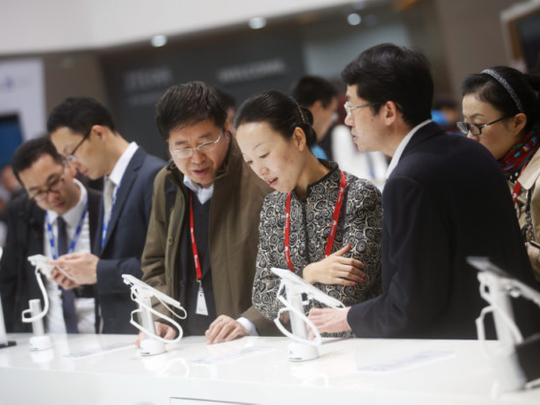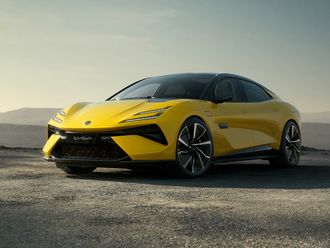
Barcelona: When the next superfast mobile network launches in 2020 you will be able to download a high-definition movie in one second flat. But the future fifth generation, or 5G, network is not really being designed for you.
In fact, it will be built for your car, fridge, smartwatch, toothbrush, light bulb and a host of other everyday objects to communicate with each other online, a phenomenon known as the Internet of things.
Worldwide data traffic generated by people’s mobile devices will multiply 11-fold by 2018, according to US telecom equipment manufacturer Cisco. But the traffic generated between connected objects, so-called machine-to-machine (M2M) communication, will already be greater than all the world’s mobile telephones combined by 2015, it said in a study.
Mobile networks will need to boost capacity by 1,000 times by 2020 to cope with the huge growth in M2M traffic if lag time is to be avoided, said Ulrich Dropmann, senior executive at Finnish mobile services group Nokia Solutions Network (NSN). Many objects will only send a trickle of data but the combined data flow will be “considerable”, said Dropmann.
The 5G networks will launch in 2020, with a broader rollout from 2025, said Frederic Pujol, head of mobile broadband at consultancy group IDATE. The prospect of 5G networks may seem distant in countries where 4G has yet to be deployed, but in countries at the cutting edge of technology such as South Korea, operators are already installing an advanced version of 4G to handle the demand.
“If we don’t prepare now for the next generation, we will soon reach the limits that 4G can offer,” said Thibaut Kleiner, adviser to the EU’s digital agenda commissioner, Nelly Kroes. “It comes down to a question of leadership in technological innovation,” he said.
The stakes could be enormous in a world increasingly reliant on mobile networks, a world in which Europe risks becoming a laggard — its last big success in the field dates back to the creation of the GSM, or 2G, network at the end of the 1990s. To get back in the game, the European Commission launched late last year a 5G public-private partnership (PPP) to develop the new network.
Known as 5G PPP, it brings together equipment makers and network operators. Brussels has allocated 700 million euros up to 2020 for the project, a sum that is to be matched by the private sector.
South Korea’s science ministry announced last month the launch of a 5G development project with a budget of $1.5 billion (Dh5.5 billion). “Countries in Europe, China and the US are making aggressive efforts to develop 5G technology ... and we believe there will be fierce competition in this market in a few years,” the South Korean ministry said at the launch.
But beyond the commercial battle to come, network builders and handset manufacturers want to agree on a technological standard to allow economies of scale and global roaming, said Viktor Arvidsson, head of strategy for France at Swedish multinational Ericsson. Such an agreement is the goal of METIS 2020 (Mobile and wireless communications Enablers for the Twenty-twenty Information Society) project, which brings together operators such as Orange or Telefonica and equipment makers like Alcatel Lucent and Huawei, the Chinese company that announced last year it would spend $600 million on 5G research and development by 2018.











